We went today once again to Tremanskärr. It was a pleasure to gather some lingonberries and to enjoy the scenery with the children. We looked for the big spider, Dolomedes plantarius, which was shown here. But it had gone, with the young ones. But there was another big spider in the same spot, Dolomedes fimbriatus, hiding on a reed leaf.
But then, some words - actually, a long rant - about nature and wildlife photography. So be prepared, here goes...
Why are wildlife photographers cheating?
Terje Hellesö, who was in 2010 nature photographer of the year in Sweden, has admitted to large-scale faking of photographs. This happened after a hunter had pointed out several suspicious photographs by Hellesö. (See here for more details in Swedish, and the blog posting which started a heated debate and resulted in the admission of guilt.)
In retrospect it is easy to see that the photographs are fakes - composites where photographs of animals were photoshopped into rather ordinary landscape photographs. (See some examples of the fakes.)
What is allowed in nature and wildlife photography?
However, what is more interesting than finding a guilty photographer is the fact that this kind of thing makes such a wave. I'm not saying that photo manipulation should be allowed, but there are a lot of internal inconsistences in nature and wildlife photography.
As an example, when the photographers use long tele lenses and thus remove the surrounding environment from the photo, due to bokeh and tight cropping, this allows for photographs which convey nothing about the living environment of the subject.
And when bait is used, or bear and wolf are fed with fish carcasses, is this authentic? Or when you put up a camouflaged shelter or take a photograph from a car, is this nature photography?
In fact, many prize-winning photographs have been taken in surroundings which, if shown, would make the photograph feel very, very different. And it is not rare that there are several or even dozens of photographers taking their shot of the same rare subject at the same time - which is not what I would call nature or wildlife.
Photography as art
What then, about photography as art? You could say that anything goes, as far as it is original and conveys an artist's vision. You can freely collage, photoshop, steal, copy, whetever, and call it art.
As a case example, Sam Abell photographed a cowboy in New Mexico in 1996, and the photograph was used in an advertisement by Phillip Morris Inc. Here is a quote from The Life of a Photograph by Sam Abell: 'Richard Prince photographed the advertisement, stripped away any text, enlarged it, the copyrighted the result. [...] Prints [...] from his "Cowboy" series have sold in the range of one to three million dollars.' (Sam Abell included in his book a photograph of a poster showing the Richard Prince photograph based on the Phillip Morris advertisement which contained Abell's photograph.)
So, in art anything goes. It is interesting to think about the fact that art is about vision - vision of the artist, analyzed by a critic (or a buyer with money and an art consultant). What is the relation of reality to such art, that is not a relevant question.
On the other hand, photography is a curious thing, as it records reality to such a degree that it kills the subject, to paraphrase Camera Lucida by Roland Barthes. So, there is a kind of strange authenticity to photography, which is paradoxal in that the moment when the photograph was taken is gone, history, dead for all eternity, except that you can look at the photograph and see the dead moment there, out of time.
Photography as a game
But what then is wildlife or nature photography - art, or photography, or something else? Maybe it is a game, or a competition, with strange rules and winner-takes-all mentality.
I'm currently reading a book by Guy Edwardes, 100 Ways to Take Better Nature & Wildlife Photographs (David & Charles, 2011), which is rather interesting when you are thinking about inconsistences in nature and wildlife photography.
It seems that there is a competition, or a game, going on, in which certain things are allowed, and others are not. But then there even more things which at least to me seem to be unpalatable, but these are not being discussed at all.
I'm not sure whether nature and wildlife photography is actually about photography at all: it is more about obeying the rules and somehow getting the winning shot. In fact, in many ways this is like sports.
Ethics
Here an interesting case to think about: Suppose you find in a path or in a forest a beautiful fallen feather. You take the feather and put it on top of a tree stump which has an interesting texture, and take a photograph of the feather and the tree stump. (This was the story behind a photograph on a macro photographer's blog.)
Is this faking, or is it allowed? If you think of photograph as an art, this is of course certainly allowed, as long as it fits within your artistic vision.
But maybe you are so strict that you don't allow any changes in the environment where you take photographs - are you more true to nature, or is this just an empty pretense?
(Personal statement: I rarely change anything in the subjects which I take photographs of, but this is mainly due to laziness and lack of imagination, not any artistic statement or integrity of the photographer.)
Topic number four in the book 100 Ways to Take Better Nature & Wildlife Photographs was "Consider ethics", which I think was maybe the best part of the book. Here is a quote: "Learn to recognize signs of stress in your subject and back off as soon as these begin to show. [...] [C]onsider whether you really wish to stand alongside or vie for the best shooting positions with 20 other photographers."
As an example, Edwardes tells about photographers who are disturbing rutting red deer stag: "Occasionally, the most vocal and active stag could have up to a dozen photographers aiming their lenses in his direction, which has hindered his free movement around the rutting ground."
So, nature and wildlife photography doesn't seem to be about nature or about wildlife. At least when you factor in the hundreds or even thousands of kilometers which the photographers drive to catch their prey, so to speak. Not a very green thing, hmmm...
Gear - and rules of the game
Of course, nature and wildlife photography is about cameras and other gear as well. What felt funny to me was when Edwardes wrote in this foreword: "[M]any readers like to be provided with the technical details for each image. [...] Therefore, in this book I have provided detailed technical information for every image."
Also, what is surprising about this genre of photography (if this is photography at all) is the striving towards "better" - or "the best shot", as if it would be easy to say what makes a good photograph.
As a result, most of nature and wildlife photographs tend to resemble each other, and look as if the subject would be made of colorful plastic.
Edwardes' book is about recipies for just such photographs, and for me it is mostly a book about "don't do this".
Of course, not all "wildlife photographers" take part in this game. As an example, Pekka Luukkola, a Finnish photographer, works as an artist with themes which come from nature.
His book Jewels of the Fells (Metsäkustannus, 2010; Finnish title "Tunturien helmet") is one of the best nature photography books I have ever read. It tells about the fragile beauty of the fells in Lapland, and about the threat of climate change. And the photographs are such that they take the breath away.
In fact, I'm sure that finding the places where the photographs were taken would result in disappointment. But the photographs convey a feeling of a world which is in a danger of disappearing, and at least for me the book is consistent as a work of art, the artistic vision connecting seamlessly with the presentation and handling of the subject matter.
Luukkola doesn't give any technical details for the photographs in the book - and indeed: it doesn't matter what the gear was. What matters is the vision of the artist.
Measuring the value of a human being
I think what is most disturbing about the whole matter is the attitude towards photographers, as if they were machines that produce. Endless competitions where your skill is being tested...
Is the value of a human being measurable? Or should we think that all human beings are equally valuable? (Compare this with the Universal Declaration of Human Rights.)
As an example, is Terje Hellesö any less valuable as a human being after resorting to faking his photographs? Or after admitting the faking?
Questions?
Final words? I'm not sure what I was trying to say here, except that the thing is a mess.
Update: I posted in Finnish a book review of the book 100 Ways to Take Better Nature & Wildlife Photographs at the Valopolku blog.
Update 2: I posted a book review, in Finnish, of the book Jewels of the Fells at Valopolku.
Trees in Fog
22 hours ago
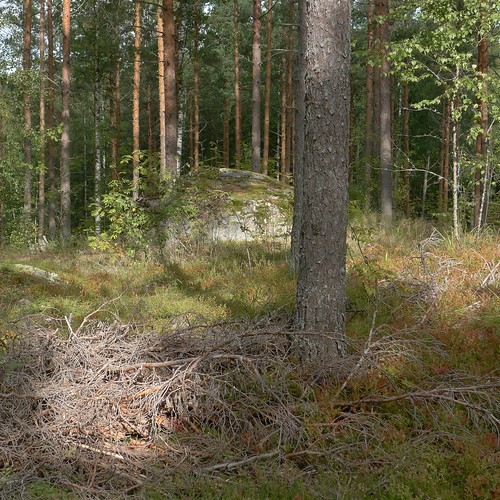

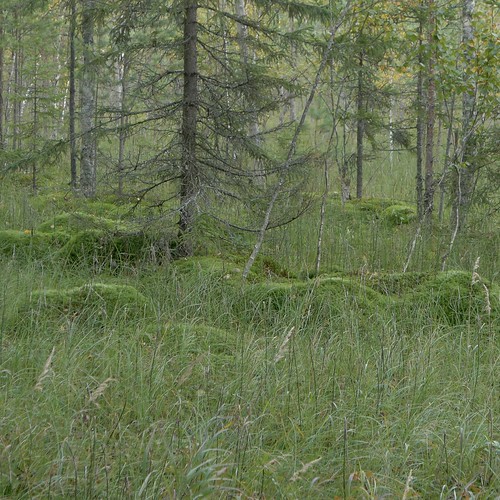

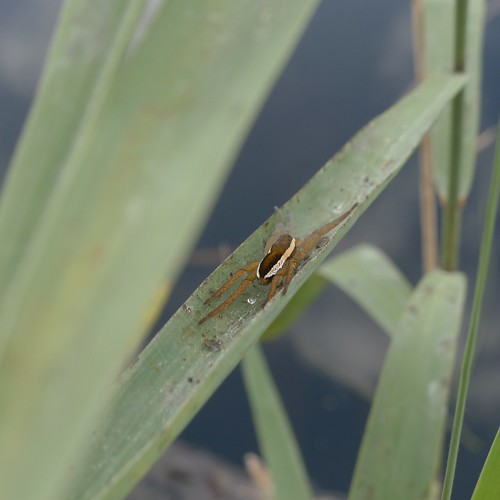

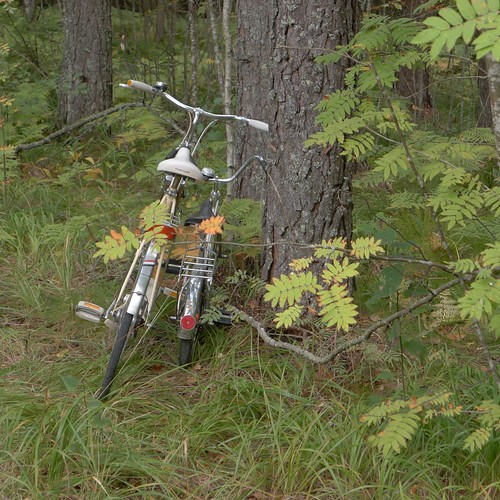
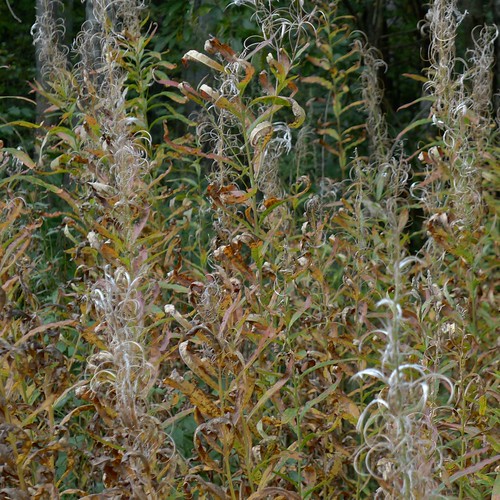



3 comments:
Plenty to think about and let me say I'm in agreement with your observations. Let me also say that this response isn't worthy of the effort and thought you put into your post but I would say this: It's all in how they sell it. When a photograph is sold as art than as you said, anything goes. However if a photograph is sold as a nature photograph than it should have minimal influence from the photographer (pre or post production). The same goes for journalistic photography and even travel photography where it's used to give the viewer a feel of the "reality". Unfortunately, I dare say that "realism" doesn't always sell and so the temptation to "tweak" is ever present.
Having said that it's quite possible that without some influencing there is much in nature that we would never see and this could have equally unfortunate circumstances. By that, I mean that awareness and care-factor can be raised to highly meaningful levels with just the right photograph.
Juha, Cedric: Another aspect that might come into play here and explain a bit the rumour about the faking, might be our alienation from our natural environment. The fact that great parts of mankind live in cities, a tremendous fraction of kids in the developed world are afraid of natural things, this might account for the hypes on nature photography, with wildlife photography as one extreme variety.
When this hyped-up, apotheosized imagery then turns out to be photoshopped, it is imaginable that this creates a feeling of blasphemy.
And, as much as I know about human psychology, our own ressource consuming lifestyle and a gut-feeling of its problematic effects probably might fuel this mechanism.
@Cedric: Indeed, there is a need for "a code of conduct" of nature and wildlife photographers. However, this may be a bit beside the point, as the game of "best photograph" will be going on regardless of such lofty declarations.
Also, I'm becoming sceptical that any photograph, however good, can really make a difference. Who has time to think about anything? We live in a reality which resembles Disneyland more and more. And gaining even a second of attention is getting harder and harder.
@Markus: Well said: "alienation from our natural environment". And the blurred backgrounds and saturated colors of most nature photoraphs certainly won't help in getting back to reality from Disneyland.
Post a Comment